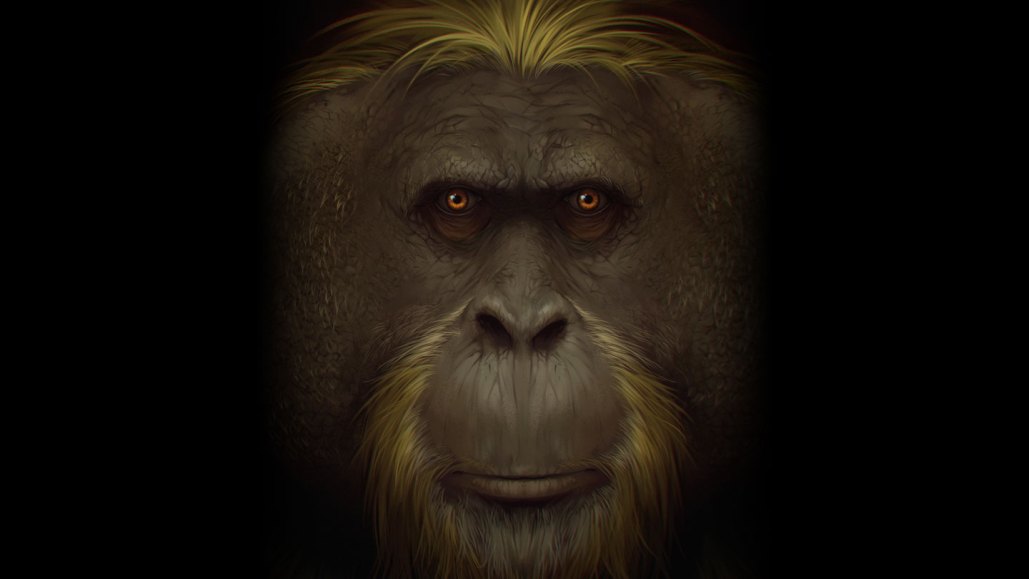New research suggests Earth's largest ape became extinct much earlier than previously believed

Researchers have discovered that the largest ape in the world, the Gigantopithecus blacki, disappeared from the planet approximately 100,000 years earlier than what was initially speculated. The research, published in Nature on January 10, suggests the ape’s extinction was the result of a changing environment.
Fossil analysis of G. blacki and the study of sediment from nearly a dozen caves across southern China, which used to be the ape’s dwelling, revealed that the ape went extinct between 295,000 and 215,000 years ago. Earlier estimations suggested it went extinct around 100,000 years ago.
The G. blacki was twice the size of today’s largest apes and was akin to an enlarged version of its close relative, the orangutan. For around 2 million years, the ape occupied a varied landscape of grasslands and forests in the present-day southern China region. The evidence of their existence mainly comprises thousands of teeth and four jawbones discovered in the cave sediments in the area.
The extinction timeline of G. blacki was established by Beijing-based paleoanthropologist Yingqi Zhang and his team from the Chinese Academy of Sciences. They implemented different dating techniques to gather insights about the ape’s lifestyle, its food habits, and its environment. They investigated teeth for diet details by measuring carbon and oxygen isotopes and checked for signs of wear and tear. Furthermore, the team conducted a luminescence dating study on radioactive elements within the sediments in the caves where the fossils were found.
The findings suggest that between 700,000 and 600,000 years ago, southern China underwent a major landscape shift from a forested area to a more seasonal environment. While some species like the orangutans adapted to this change, G. blacki, unfortunately, could not keep pace and slowly dwindled in number until it went extinct.
According to Hervé Bocherens, a biogeologist at the University of Tuebingen in Germany, the findings present a credible narrative of how the declining forest cover and the expanding savannah-like environment in southern China coincided with the extinction of the Gigantopithecus. However, he still maintains that it’s tricky to document this extinction from the fossil record. Also, there is a possibility that patches of Gigantopithecus might have survived in yet-to-be-discovered caves.
The experts argue that studying the demise of this ape can provide pertinent insights about how present-day environmental pressures might send the already endangered orangutans over the brink of extinction as their habitats continue to diminish.




